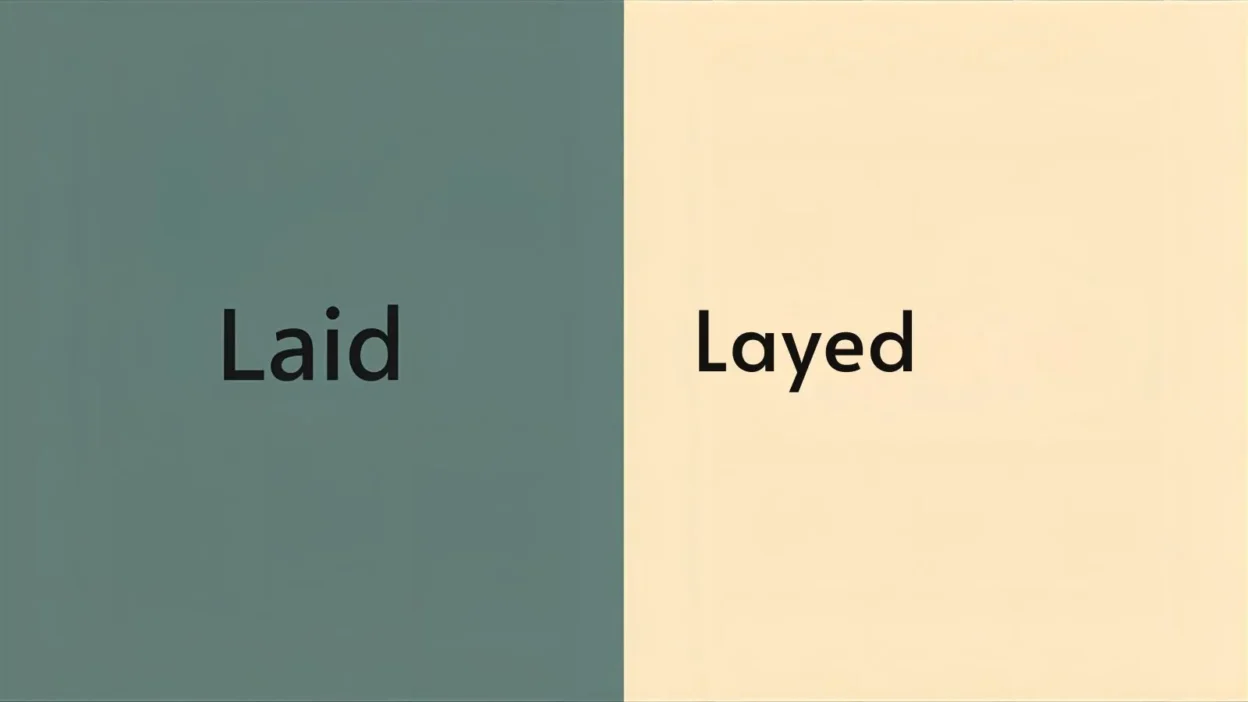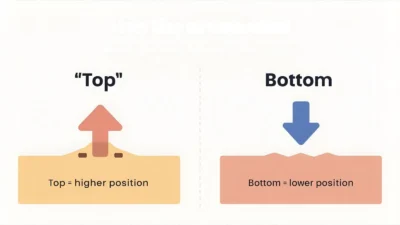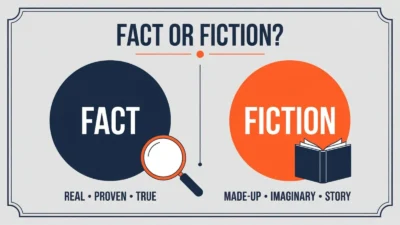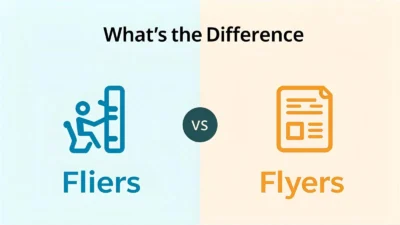Have you ever paused mid-sentence wondering whether to write “laid” or “layed”? 🤔 You’re not alone.
Many English learners, writers, and professionals struggle with this confusing pair because both look right at first glance. If you’ve ever second-guessed your spelling in an email, post, or essay, this guide is written for you.
In this quick, clear breakdown, I’ll show you the correct form, what grammar experts say, and how to remember the difference — so you never mix them up again.
Laid or Layed – Quick Answer ✅
✅ Laid is the correct spelling.
❌ Layed is an old, now incorrect, spelling.
Examples:
✅ Correct: She laid the book on the table.
❌ Incorrect: She layed the book on the table.
Unless you are reading very old English texts, you should always use “laid.”
The Origin of Laid or Layed 📜
The verb lay comes from Old English lecgan, meaning “to put or place.” Over centuries, the past tense became laid.
“Layed” did appear in writings hundreds of years ago but slowly disappeared as spelling became standardized. Dictionaries and grammar authorities now list “layed” as nonstandard or an archaic form.
British English vs American English Spelling
Both British and American English use laid as the correct past tense of lay. Unlike some words (like travelled/traveled), there is no regional difference here.
Comparison Table
| Form | British English | American English | Correct Today |
|---|---|---|---|
| Laid | ✅ Used | ✅ Used | ✅ Correct |
| Layed | ❌ Rare/archaic | ❌ Nonstandard | ❌ Incorrect |
Which Spelling Should You Use? ✍️
US audience: Always write laid.
UK/Commonwealth audience: Same rule applies — use laid.
Global writing: Laid is universally accepted, so you’ll never go wrong.
If you want professional, polished writing, avoid layed completely.
Common Mistakes with Laid or Layed ⚠️
- Mixing up lay and lie → She laid down to rest ❌ (should be She lay down to rest).
- Adding “-ed” by habit → People assume it’s regular, like played → layed.
- Autocorrect errors → Sometimes layed slips through unchecked.
✔ Always double-check verb tense before finalizing your text.
Laid or Layed in Everyday Examples 💬
- Email: I laid the files on your desk this morning.
- News: The committee laid out its new plan yesterday.
- Social media: Just laid down some fresh beats in the studio!
- Formal writing: The foundation laid the groundwork for future projects.
Notice how “laid” appears across both casual and professional contexts.
Laid or Layed – Google Trends & Usage Data 📊
Data shows “laid” dominates searches and writing use worldwide. “Layed” appears only as a spelling error.
Keyword Comparison Table
| Keyword | Popularity Rank | Context of Use |
|---|---|---|
| Laid | Very High | Correct everywhere |
| Layed | Very Low | Errors, old texts |
FAQs
1. Is “layed” ever correct?
No. It’s considered a misspelling in modern English.
2. Why do people write “layed”?
Because many verbs add “-ed” in past tense, people assume lay follows that rule.
3. What’s the difference between “laid” and “lay”?
Lay is present tense (I lay the book down). Laid is past tense (I laid the book down).
4. Is “laid” used in both UK and US English?
Yes, it’s correct in both.
5. Can I use “layed” in informal writing?
No. Even informally, it looks wrong.
6. Does “laid” have slang meanings?
Yes, in informal speech it can mean to have sex. Context matters.
7. How do I remember the difference?
Think: I paid the bill, I laid the book. Both end with “-aid.”
Conclusion 🏁
The confusion between “laid or layed” comes from English spelling quirks. While “layed” once appeared in old texts, today it is always marked wrong.
The correct past tense of lay is laid in both British and American English. Whether you’re writing emails, essays, or professional documents, stick with laid for accuracy and credibility.
When in doubt, remember this: if it looks like paid, it should be laid.



